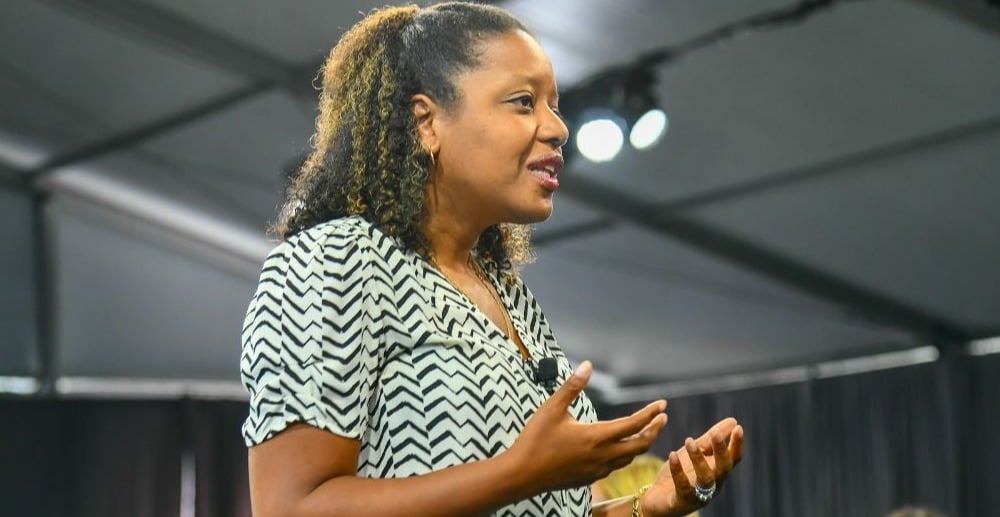Build Your Business
How BrightHive Helps Organizations Answer Complex Social Questions with Ethical Data Sharing
Natalie Evans Harris shares how her company uses Data Trusts to help organizations share data ethically to tackle social issues
June 20, 2019

Natalie Evans Harris spent sixteen years working at the National Security Agency (NSA) focused on improving the way the U.S. federal government used data to inform their work. Her results stood out. She was tapped by the Obama administration to serve as a senior policy advisor to the Chief Technology Officer of the United States. In this capacity, Natalie helped government agencies adopt data science best practices and even created a community of federal data professionals who gathered monthly to trade ideas.
- Lack of access and control. Organizations were often unable to create impact with their own data because they had problems organizing and accessing it. The team wanted to create better and more accessible data infrastructure that would allow groups of organizations working on related problems to securely and responsibly access and share data.
- Limited ability to combine data about related challenges. Second, they wanted to create data infrastructure that would help organizations combine different types of data together today without having to spend significant amounts of money every time they wanted to layer in new information.
Launching a Social Enterprise Focused on Responsibly Sharing Data
1. EMBEDDING ETHICAL PRINCIPLES
2. APPOINTING A USER ADVOCATE TO THE GOVERNANCE BOARD
3. INCORPORATING THE RIGHT TO AUDIT
A Data Trust In Action
Building a Business Model to Sustain This Work
Advice For Others Looking to Build Business Models That Ethically Leverage Data
1. EXPLICITLY DEFINE WHAT ETHICS MEANS FOR YOUR ORGANIZATION
2. BUILD ETHICS INTO YOUR BUSINESS MODEL
3. FOCUS ON BUILDING TRUST WITH THE PEOPLE WHOSE DATA YOU ARE USING
4.GET THE “PEOPLE PIECE” OF ETHICS RIGHT
This case study was written by Amy Ahearn of Acumen in March 2019 with generous input from Natalie Evans Harris and Matt Gee of BrightHive and Eliza Golden of Acumen.
This Case Study or Interview Product, commissioned by the Open Society Foundations, is the product of a collaboration between Open Society Foundations and Acumen Fund. The content of this Case Study or Interview Product does not necessarily reflect the official opinion of the Open Society Foundations. Responsibility for the information and views expressed in the Case Study or Interview Product lies entirely with Acumen Fund. Acumen Fund is an investor in BrightHive.
This work is licensed under the Creative Commons Attribution-NonCommercial-No Derivs 4.0 International License. To view a copy of this license, visit: https://creativecommons.org/licenses/by-nc-nd/4.0/
This Case Study or Interview product, and other materials associated with it are available at: acumenacademy.org

